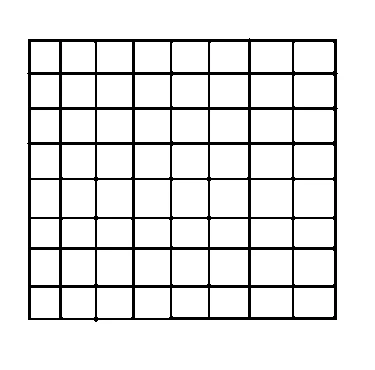
What are positional chess tactics?
Positional tactics in chess refer to the long-term plans and strategies employed by players to gain an advantage over their opponent. These tactics are often used to control key squares, to create a strong pawn structure, to develop pieces, to improve piece coordination, or to create a passed pawn. Unlike tactical chess moves, which focus on exploiting a momentary weakness in the opponent’s position, positional tactics are meant to slowly build an advantage over the course of the game.
Space advantage
One of the most famous examples of a positional tactic is the “space advantage” which is gained by controlling key squares and making it difficult for the opponent to move their pieces. This can be achieved by controlling the center of the board with pawns, and by developing pieces to key squares.
Pawn structure
Another example of positional tactics is the “pawn structure” which is gained by creating a strong pawn structure that makes it difficult for the opponent to attack. This can be achieved by creating pawn chains, isolating pawns, and creating passed pawns.
How to use positional tactics?
To employ positional tactics, players must have a good understanding of pawn structure, piece coordination, and the importance of controlling key squares. They should also be able to anticipate the opponent’s moves and to create long-term plans that will give them an advantage over the course of the game.